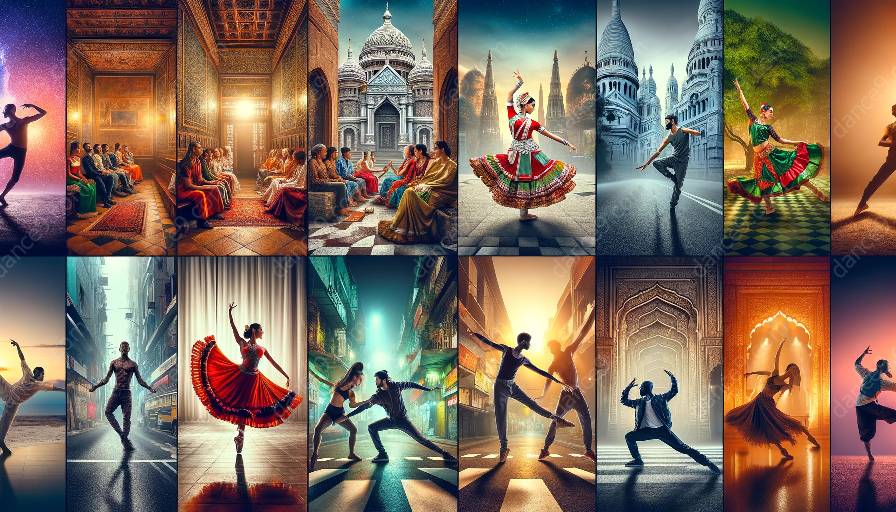Dance has long been used as a powerful tool for community outreach and activism. Through various types of dance, individuals and groups have found unique ways to create social change, instill unity, and address important societal issues. In this comprehensive topic cluster, we will explore the diverse ways in which dance intersects with community outreach and activism, while delving into the different types of dance that play a role in this important movement.
The Power of Dance in Outreach and Activism
Dance has the ability to transcend language and cultural barriers, making it an ideal medium for promoting social awareness and change. It has the power to evoke emotions, tell stories, and bring people together in a way that words often cannot. Through dance, individuals and communities can address social injustices, advocate for human rights, and shed light on important issues that need attention.
Types of Dance and Their Impact
There are countless types of dance that contribute to community outreach and activism. From traditional cultural dances to contemporary forms, each style brings its own unique flavor and message to the table. Traditional folk dances, for example, often showcase the heritage and history of a community, promoting pride and unity among its members. Contemporary dance styles, such as hip-hop and breakdancing, are commonly used to address issues of social inequality and urban struggle, giving a voice to marginalized groups and providing a platform for expression.
Traditional Cultural Dances
Traditional cultural dances play a significant role in community outreach and activism. These dances are often deeply rooted in the histories and traditions of specific cultures and communities, and serve as a means of preserving and celebrating cultural identity. When shared with others outside the community, traditional dances can promote cross-cultural understanding, educate others about the values and beliefs of a particular group, and foster greater appreciation for diversity.
Contemporary Dance Styles
Contemporary dance styles, such as hip-hop, breakdancing, and street dance, have become powerful forms of expression and activism. Originating from urban environments and often associated with marginalized communities, these styles provide a platform for individuals to express their experiences, struggles, and aspirations. Through various movements, gestures, and rhythms, dancers convey powerful messages about social and political issues, challenging societal norms and advocating for change.
Empowering Communities Through Dance
It's important to recognize the significant impact that dance can have in empowering communities to take action and create positive change. By engaging in dance activities and performances, individuals within communities can build solidarity, raise awareness about important causes, and inspire others to become involved in social activism. Dance workshops, flash mobs, and public performances are just a few examples of how dance can be used to unite people and mobilize them to support meaningful initiatives.
Conclusion
Dance in community outreach and activism serves as a powerful force for driving social change and bringing people together. Through various types of dance, communities can express their stories, advocate for important causes, and foster greater unity. It's evident that the impact of dance reaches far beyond the physical movements, as it becomes a tool for amplifying voices and championing important issues that affect society as a whole.











































